Creating a well-stocked prepper’s pantry doesn’t have to drain your bank account. With smart planning and savvy shopping, you can build a robust food supply to see you through emergencies without breaking the bank. Here are 15 practical strategies to help you stock up while keeping costs down.
Buy in Bulk

Purchasing food in large quantities often results in significant savings. Look for bulk deals at warehouse clubs, local co-ops, or online retailers. For example, a 50-pound bag of rice might cost $15-$20, which works out to about $0.30-$0.40 per pound. Compare this to smaller packages, which can cost $1 or more per pound. Just make sure you have proper storage containers to keep your bulk items fresh and pest-free.
Leverage Sales and Coupons

Keep an eye out for sales on non-perishable items you regularly use. Combine these sales with coupons for maximum savings. Many stores offer digital coupons you can load onto a loyalty card. Some preppers report saving up to 50% on their pantry staples by strategically using sales and coupons. Create a price book to track the best deals and know when to stock up.
Grow Your Own Food
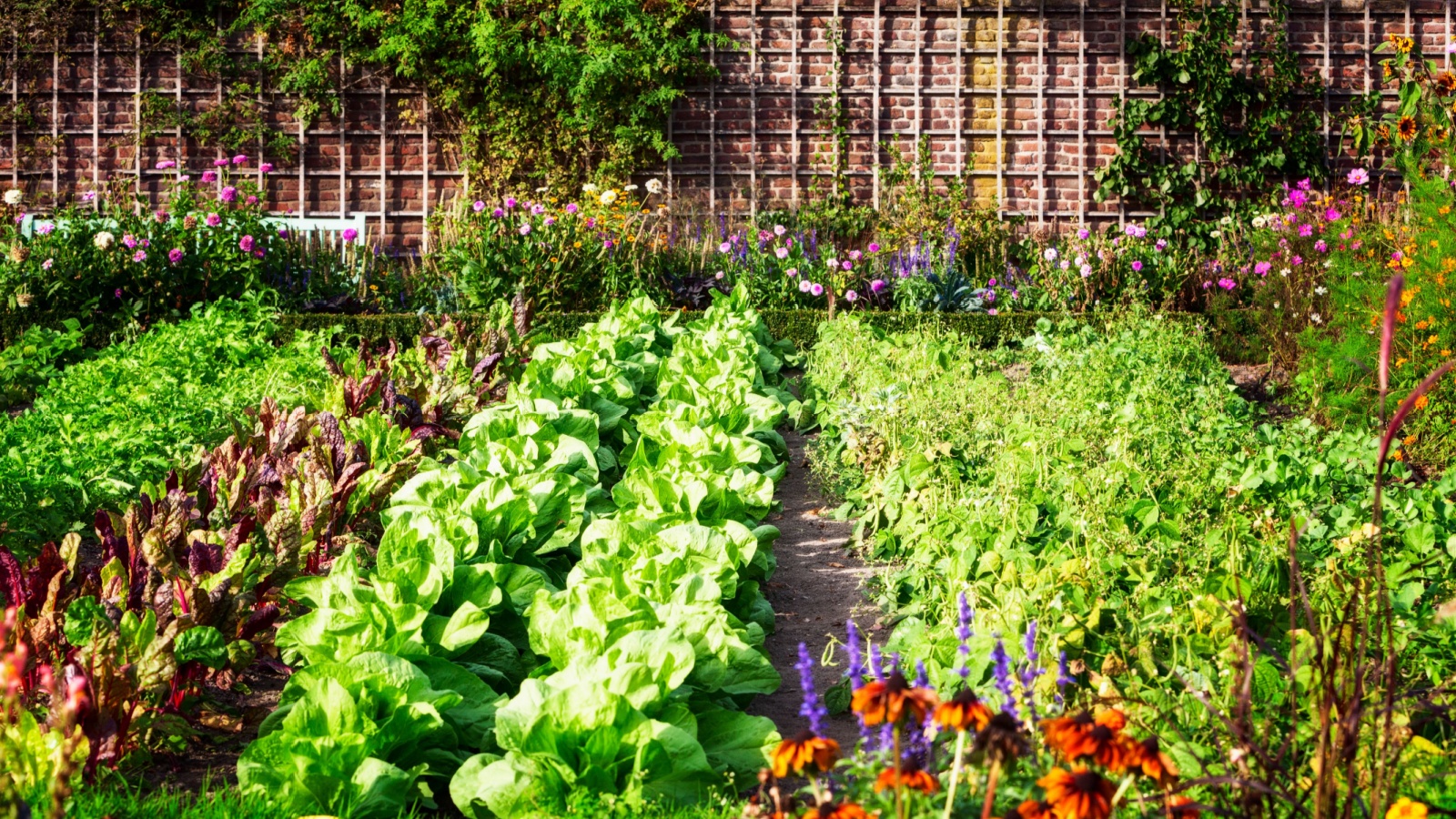
Starting a garden can dramatically cut your food costs while ensuring a fresh supply of fruits and vegetables. A packet of seeds typically costs $2-$3 and can produce dozens of plants. For example, a single tomato plant can yield 20-30 pounds of tomatoes in a season. Learn to preserve your harvest through canning, dehydrating, or freezing to extend your food supply year-round.
Practice the “Buy One, Store One” Method

Every time you go grocery shopping, buy one extra of a non-perishable item you regularly use. This gradual approach helps build your pantry without straining your budget. If peanut butter is on your list and costs $3, buy two jars instead of one. Over time, you’ll accumulate a significant stockpile without feeling the financial pinch all at once.
Invest in a Vacuum Sealer
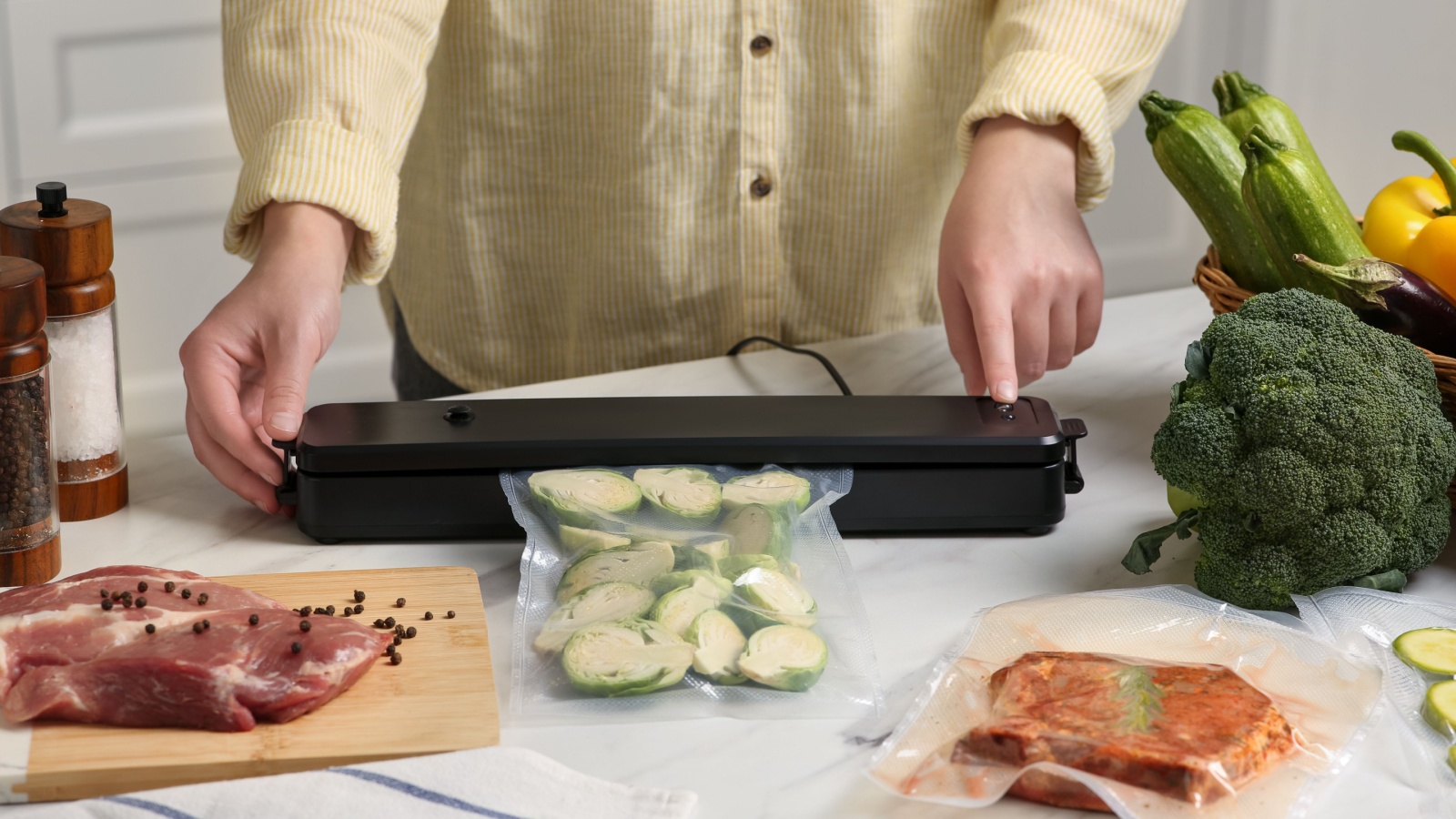
A vacuum sealer can extend the shelf life of many foods, reducing waste and saving money in the long run. While the initial cost might be $50-$100, it can help foods last 3-5 times longer than conventional storage methods. For example, vacuum-sealed cheese can last 4-8 months in the refrigerator, compared to 1-2 weeks when stored normally.
Focus on Versatile Staples

Build your pantry around versatile, nutrient-dense foods that can be used in multiple ways. Rice, beans, pasta, and oats are affordable staples that form the base of many meals. A 20-pound bag of rice (about 200 servings) typically costs $10-$15 and can last up to 30 years when properly stored. These staples provide a cost-effective foundation for your food storage.
Learn to Can and Preserve

Canning and preserving allow you to take advantage of seasonal produce and sales. While there’s an initial investment in equipment (about $50-$100 for a basic setup), the long-term savings can be substantial. A bushel of apples (about 48 pounds) might cost $20-$30 and can yield 15-20 quarts of applesauce. These homemade preserves can last 1-2 years on your shelf.
Rotate Your Stock
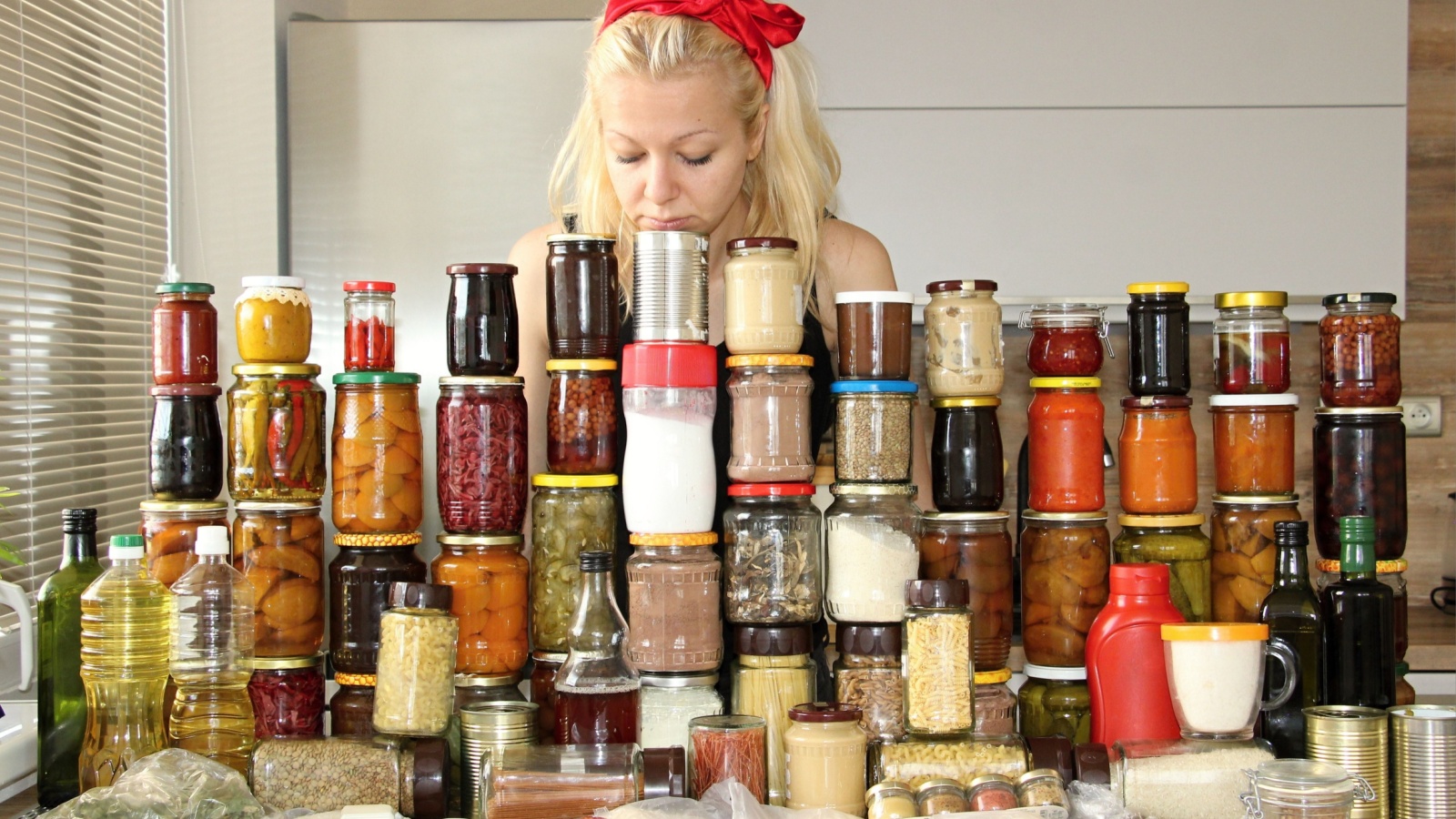
Implement a first-in, first-out (FIFO) system to ensure you’re using your oldest items first. This practice prevents food waste and allows you to replenish your stores with fresh items. Label everything with purchase or expiration dates. Some preppers use a “two-year rule,” replacing items that are approaching their best-by date even if they haven’t been used.
Shop at Discount Stores
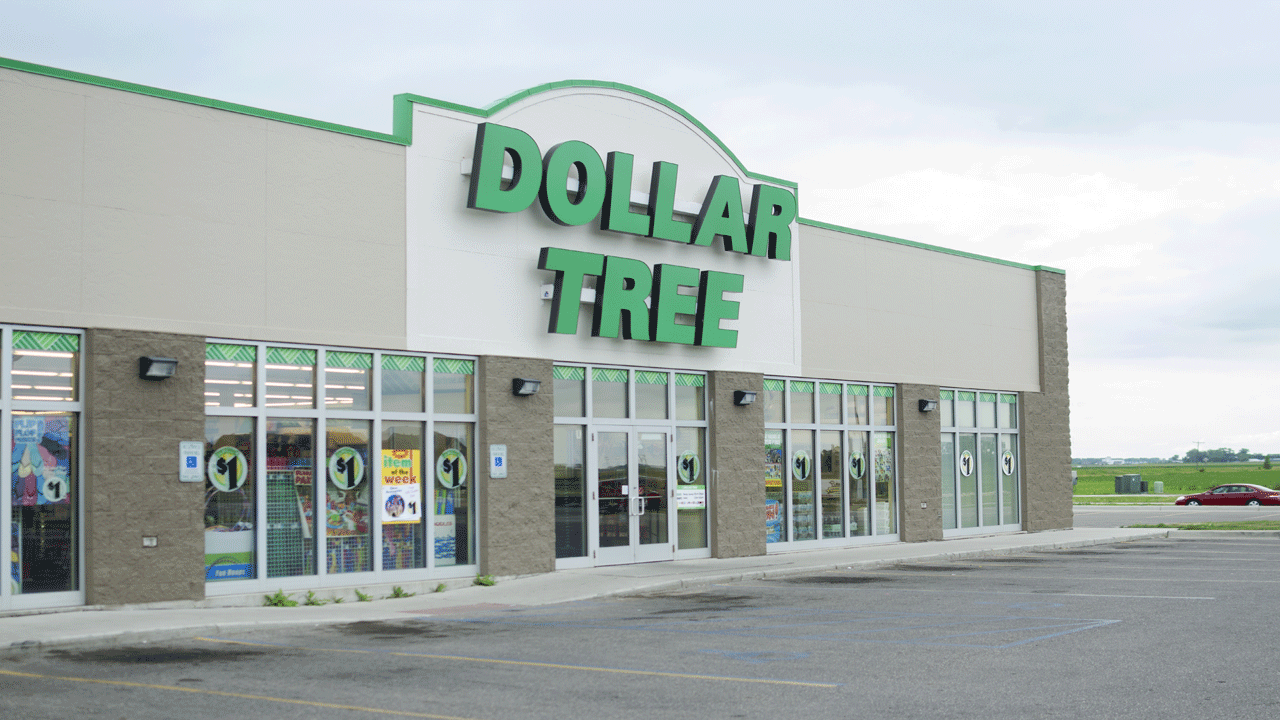
Discount grocery stores, dollar stores, and salvage grocers often offer significant savings on pantry staples. These stores might sell items near their best-by date or with packaging imperfections at steep discounts. You can often find canned goods, pasta, and other non-perishables for 50-70% off retail prices. Just be sure to check expiration dates and packaging integrity before purchasing.
Make Your Own Mixes
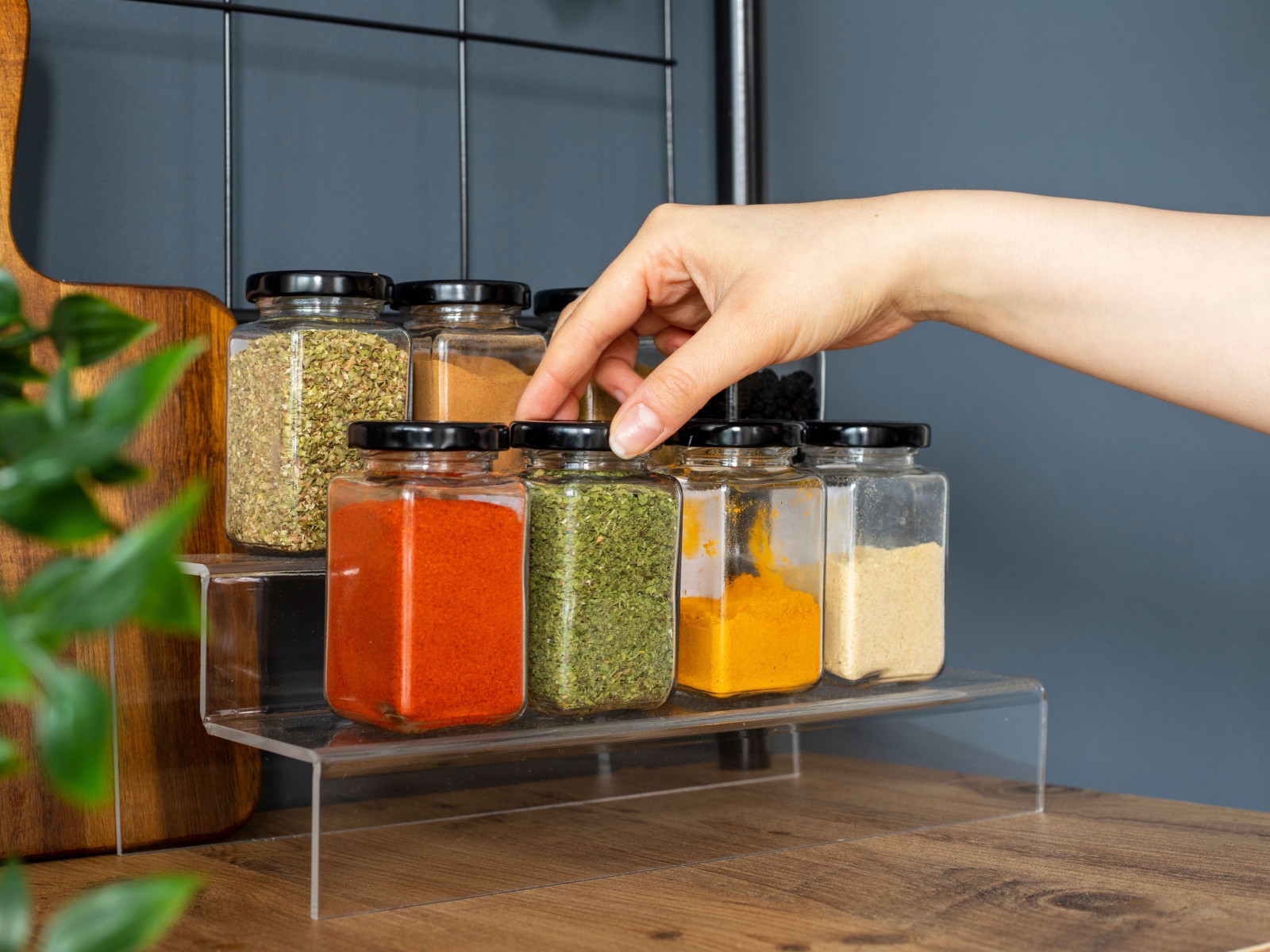
Create your own versions of convenience foods like pancake mix, soup mix, or seasoning blends. These homemade mixes are often cheaper and healthier than store-bought versions. For example, a box of name-brand taco seasoning might cost $1-$2, while making your own from bulk spices can cost less than $0.25 per equivalent serving. Plus, you control the ingredients, avoiding unnecessary additives.
Dehydrate Foods

Invest in a food dehydrator to preserve fruits, vegetables, and even meats. While a basic dehydrator might cost $40-$80, it can significantly extend the shelf life of many foods. For instance, fresh apples typically last 1-2 months in proper storage, but dehydrated apple slices can last up to a year. This method allows you to take advantage of seasonal produce and sales to stock your pantry year-round.
Buy Whole Foods and Process Them Yourself
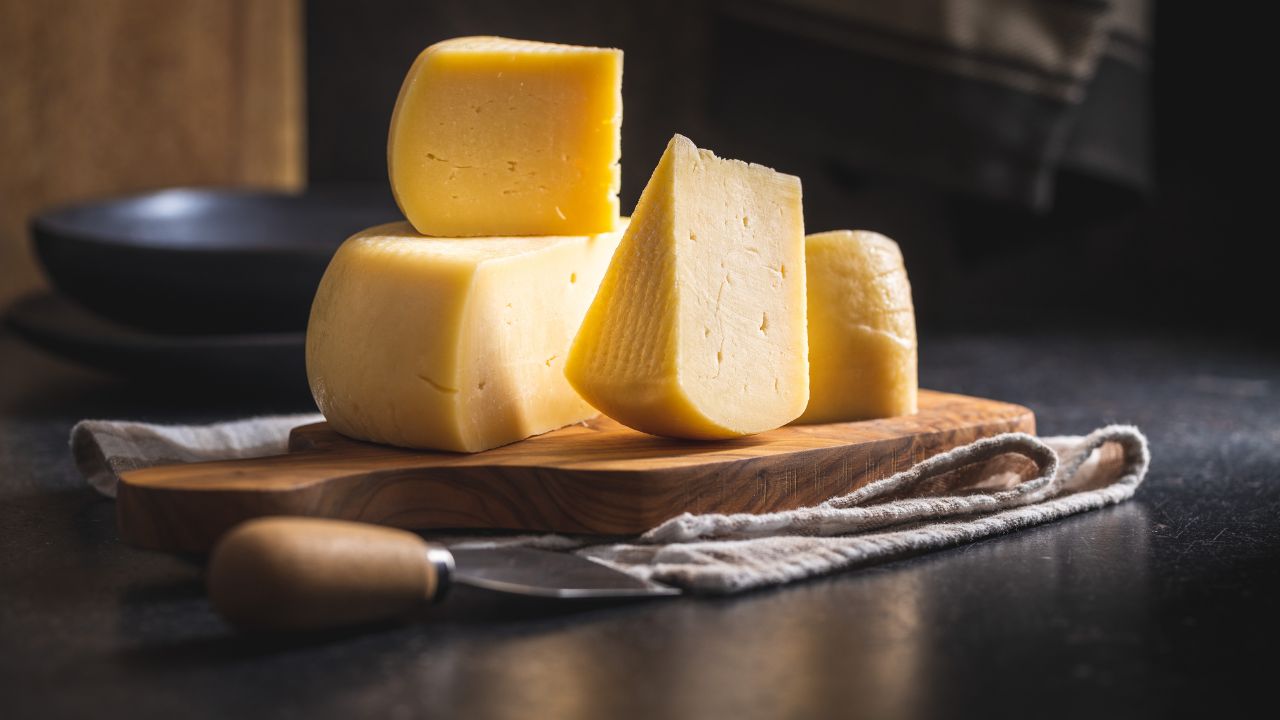
Purchasing whole foods and processing them at home can lead to significant savings. For example, a block of cheese is typically cheaper per pound than pre-shredded cheese. Whole chickens are usually less expensive than buying individual parts. By doing the prep work yourself, you can save money and have more control over the quality of your food.
Utilize Free Food Sources
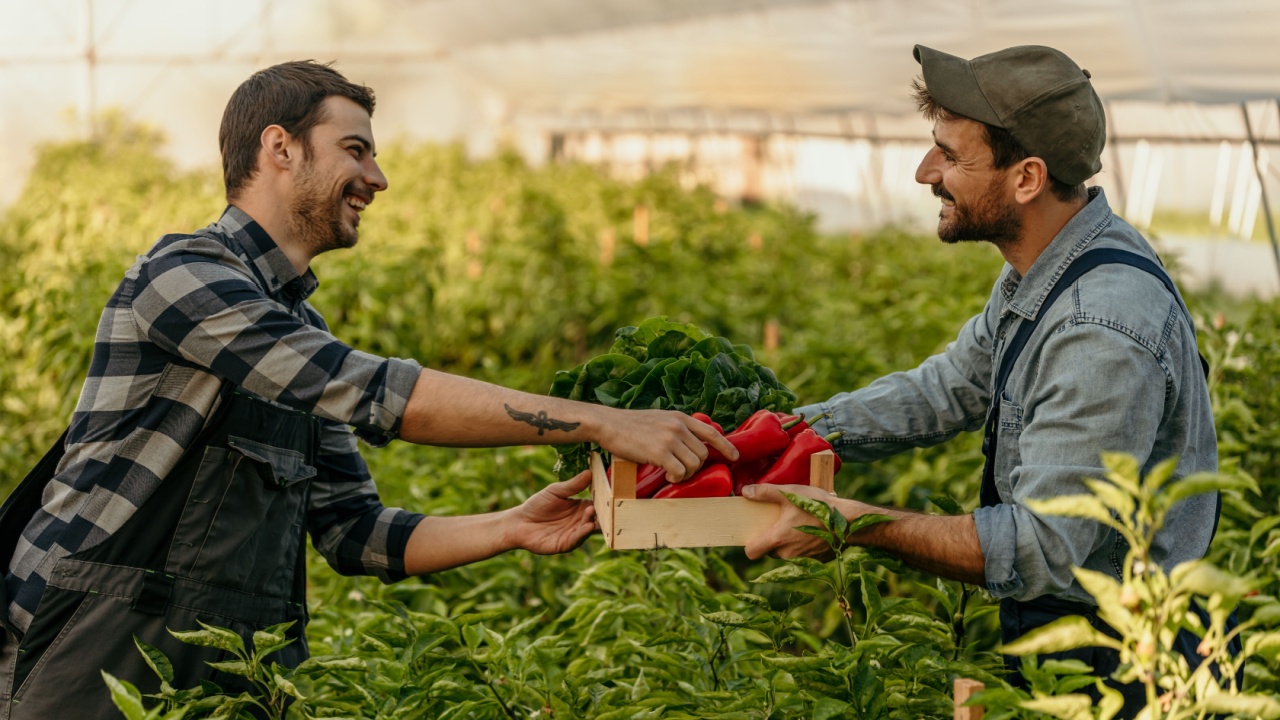
Take advantage of free food sources in your area. This might include foraging for wild edibles, participating in gleaning programs, or bartering with neighbors who have excess garden produce. Some areas have fruit trees on public land that anyone can harvest. Just make sure you know the rules and can positively identify any wild plants before consuming them.
Learn to Cook from Scratch
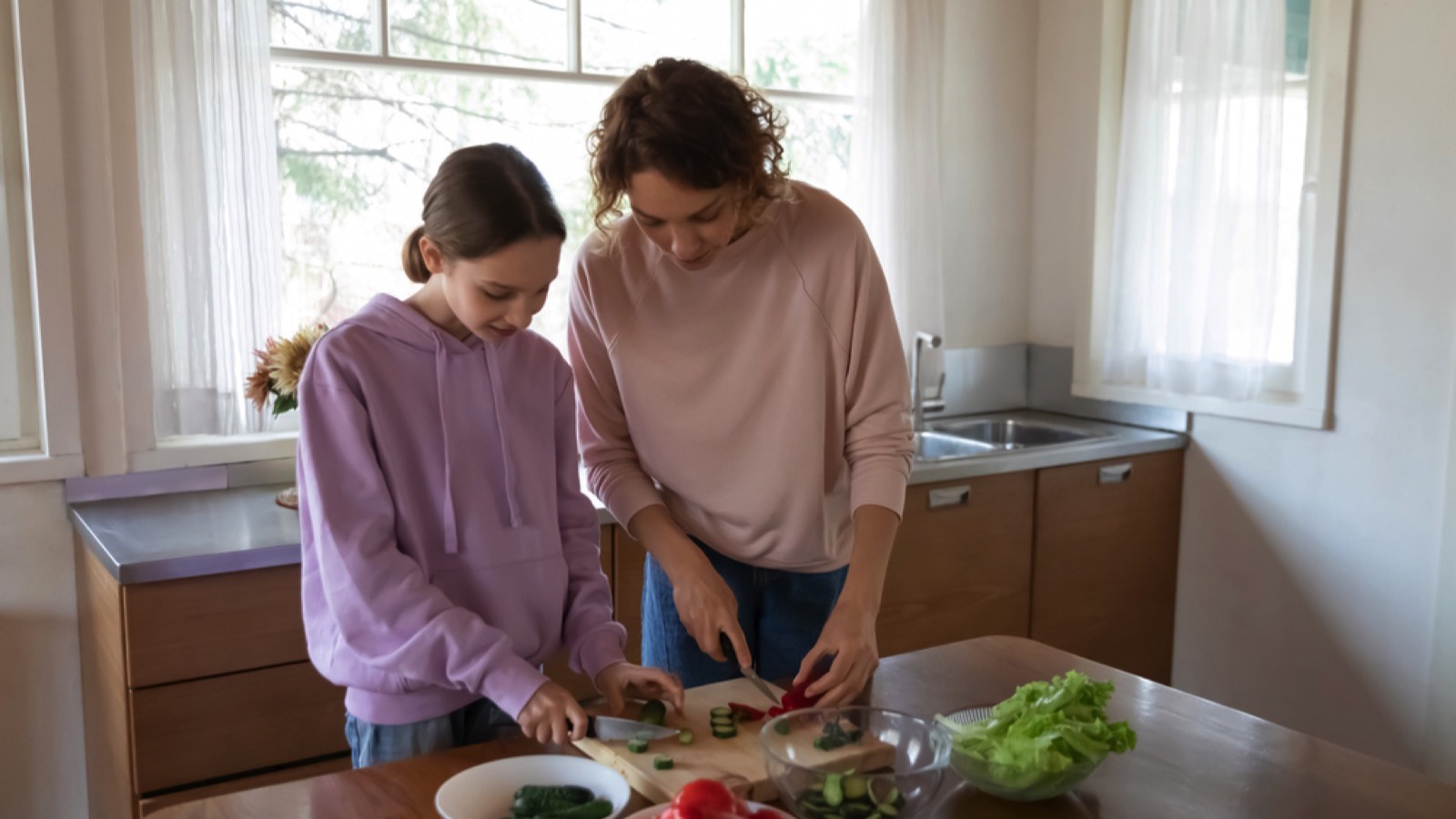
Cooking from scratch using basic ingredients is almost always cheaper than buying prepared foods. It also allows you to control the ingredients and tailor recipes to your family’s tastes. For example, a pot of homemade soup might cost $5-$7 to make and yield 8-10 servings, while canned soup can cost $2-$3 per serving. Invest time in learning basic cooking skills to maximize your pantry’s potential.
Join a Buying Club or Co-op
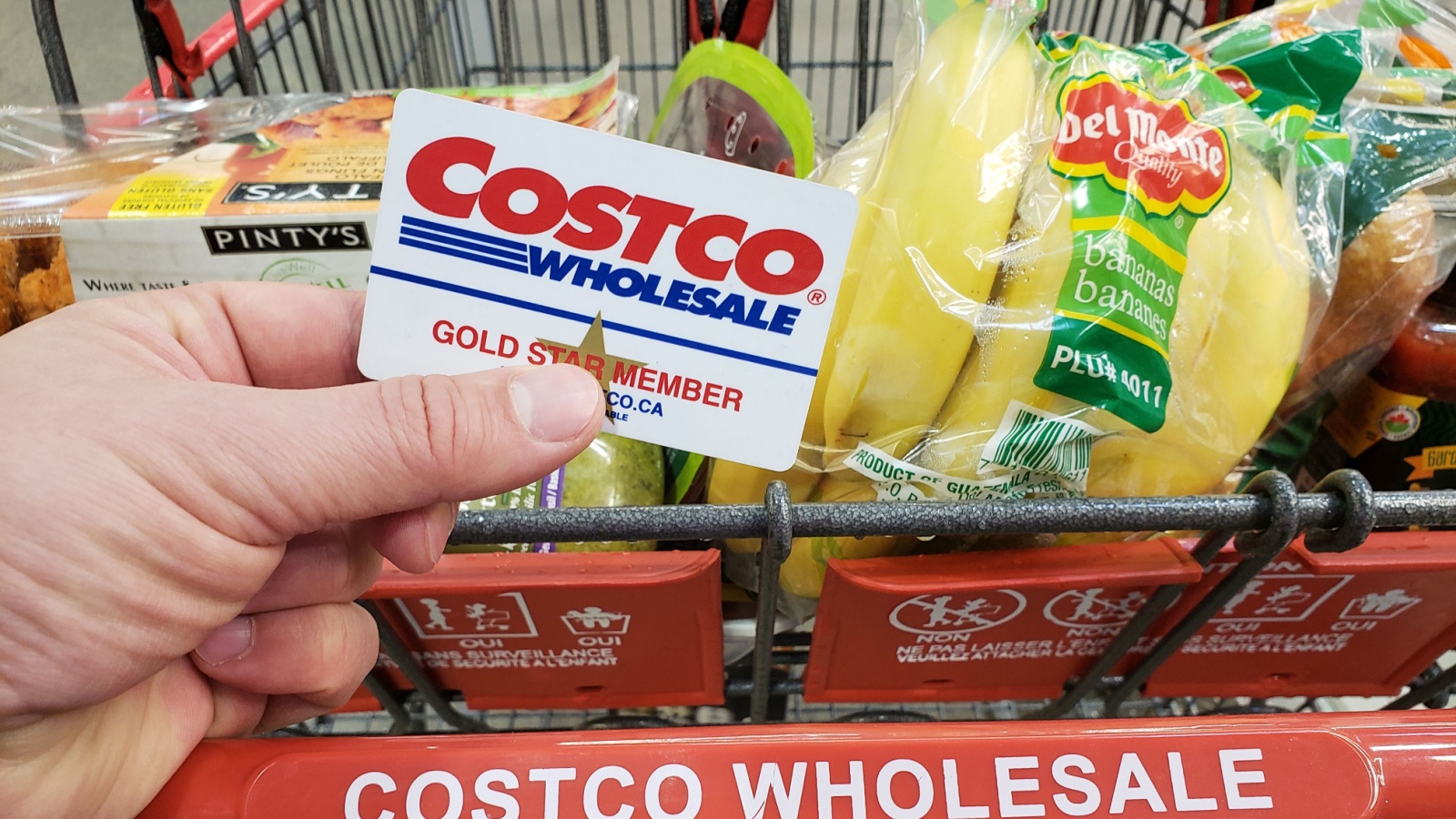
Buying clubs and co-ops allow members to purchase food in large quantities at wholesale prices. By pooling resources with others, you can access bulk pricing without having to buy enormous quantities yourself. Some co-ops require a membership fee or volunteer hours, but the savings can be substantial. Members often report saving 20-30% compared to retail prices on pantry staples and other household goods.
Best Hunting Rifles of the Last 50 Years

Choosing the “best” hunting rifle is a pretty personal thing. We all have different opinions and preferences on what we like to hunt with. But still, over the last 50 years, there have been some remarkable weapons. Over the past half-century, the evolution of hunting rifles has seen so many innovations, catering to a wide range of needs from the casual deer hunter to the adventurous big-game enthusiast. What’s your favorite hunting rifle? Which weapons deserve a spot on this list?
- Read More: Best Hunting Rifles of the Last 50 Years
14 Most Versatile Hunting Cartridges

With almost 16 million hunters in the United States, and with such a huge range of game to hunt, the right rifle and the best cartridge is critical. We have some of the most diverse ecosystems on the planet, with animals ranging from tiny squirrels to gigantic moose. The cornerstone of a successful hunt lies in the hunter’s skill and knowledge but also in the choice of ammunition. The right cartridge can make all the difference, offering the power needed for a clean, humane kill without compromising the quality of the game.
- Read More: 14 Most Versatile Hunting Cartridges
38 Things Every Prepper Should Stockpile That Aren’t Water, Food, or Weapons

This list extends beyond the basic survival trio of water, food, and weapons. It’s a given that we need to stock up on water, food, and a way to defend ourselves and what we have. But what other things will you need in a survival situation? None of us truly knows what TEOTWAWKI will really look like, although most of us have theories we think most likely. But whatever the situation is, there are certain supplies that it just makes sense to have on hand, aside from the obvious trio I mentioned above.

